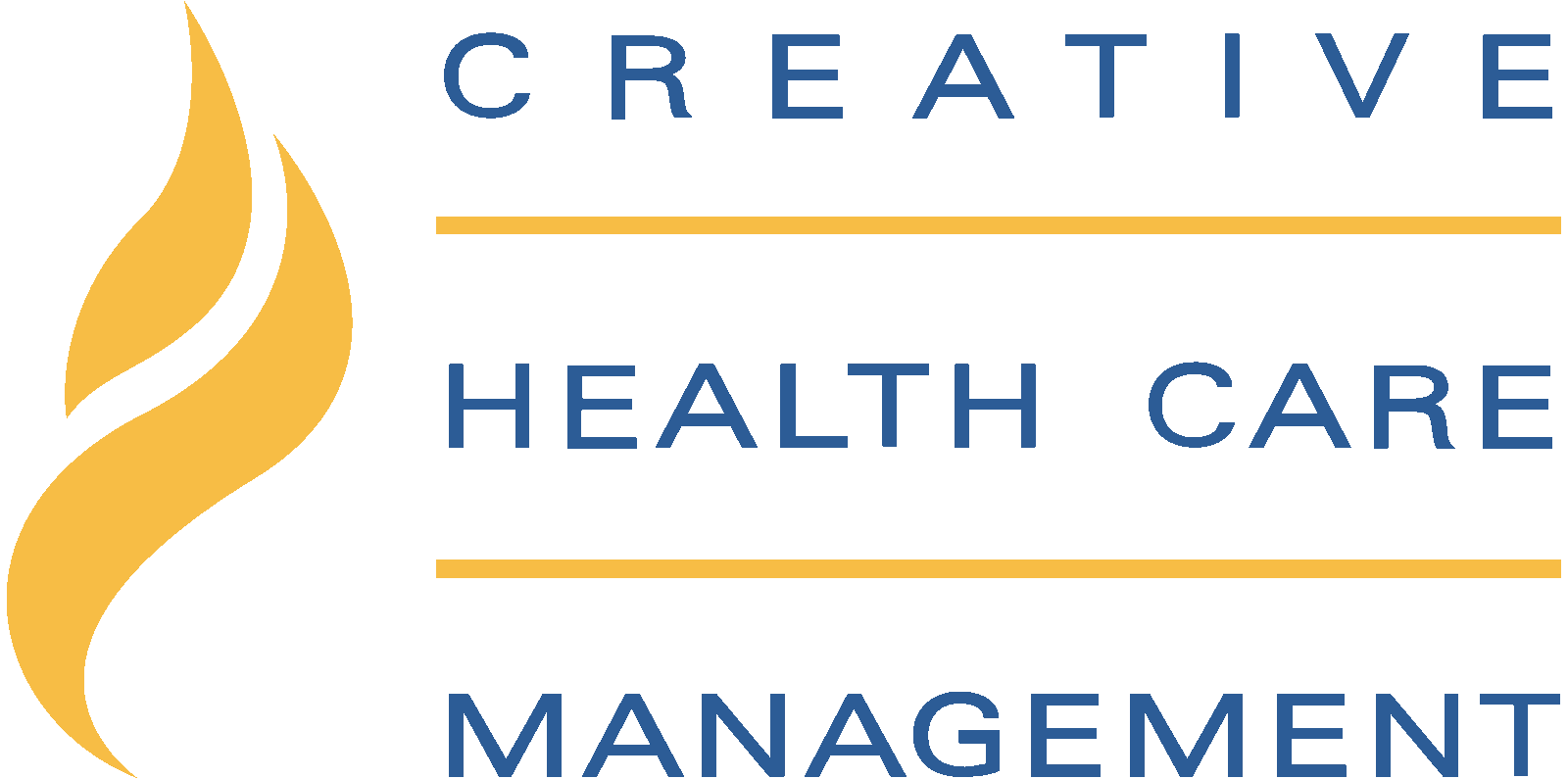Have you ever wondered what happens to a healthcare organization when a key leader steps down or retires? A well-prepared organization will have a succession plan in place to ensure a smooth transition and maintain the continuity of the hospital, practice, or business. In this blog post, we’ll explore the importance of succession planning, its key components, and best practices to ensure your business continues.
Short Summary
- Succession plans are essential for organizational continuity, employee retention and leadership development.
- Key components of an effective succession plan include identifying leadership positions and roles, assessing potential candidates & creating a readiness rating system.
- Best practices for a successful succession plan include adopting a long-term perspective, ensuring structured development & measuring outcomes instead of processes.
Succession Planning Means

Succession planning is a proactive approach to identifying and developing key talent and promising employees who have key qualifications for current or future roles in an organization when the current employees and senior leaders in those positions move on or retire. Many organizations recognize that an effective succession plan is essential for continuity of care, employee retention and growth, future opportunities, and leadership development for critical roles.
Continuity of Business
One of the primary goals of the succession planning process is to ensure smooth transitions and minimize disruptions in critical positions. By identifying key employees and creating a thoughtful succession plan, healthcare organizations and companies can maintain business operations and continue executing their business strategy.
This level of preparedness can mean the difference between a company that thrives through inevitable changes and one that struggles to maintain momentum.
Employee Retention and Growth
A well-executed succession plan not only helps to maintain business continuity, but also supports employee retention and growth. By offering opportunities for advancement and skill development, companies can increase employee engagement and loyalty, ultimately reducing turnover rates.
Furthermore, identifying high-potential employees and providing them with tailored development programs, such as job rotation and mentoring, boosts employee satisfaction and prepares them for future leadership roles.
Leadership Development
Succession planning plays a crucial role in identifying and nurturing potential leaders for critical positions and leadership roles within the organization. By taking a proactive approach and planning for the development of these future leaders, companies can build a strong talent pipeline that will ensure their success in the long run.
This process involves identifying and assessing potential leaders, developing their skills and abilities, and providing them with leadership positions.
Key Components of an Effective Succession Plan

Creating a successful succession plan involves identifying key roles, evaluating potential candidates, and establishing a readiness system. By focusing on these essential components, healthcare organizations can build a comprehensive plan that addresses their unique needs and ensures a seamless transition of leadership.
Succession planning is a critical component of any organization’s long-term strategy. It helps ensure that safety.
Identifying Key Positions
Determining the critical roles within the organization that require succession planning is the first step in building an effective succession plan. This helps organizations identify the positions that are essential to their organizational chart, business strategy and operations, ensuring that they can maintain continuity and minimize disruptions when key leaders step down or retire.
Succession planning is an important part of any organization’s long-term strategy. By having a succession plan in place, it helps ensure a successful succession.
Nurses and a Good Succession Plan
Based on data from the World Health Organization, almost 50% of health workers are nurses.
Having a strong succession plan is optimal to achieve qualified nurses and have a talent pool of selection during the recruitment process. If a hospital cannot afford or prepare a succession plan for the entirety of their employee base, at the very least a nursing department can be trained to prepare and design a leadership succession plan. When it comes to hospitals the benefits will outweigh the costs, both in the short- and long-term.
Assessing Potential Candidates
Evaluating potential succession candidates for key roles, including key employees, is vital to the success of a succession plan. This ensures that the hospital or practice selects the right person for the job, based not only on their skills and experience, but also on their potential for growth and development within the company.
It is important to consider the individual’s potential for growth and development, as well as their current situation.
Developing a Readiness System
Implementing a readiness system is an important component of a cost-effective succession plan. This system measures candidates on their preparedness for a specific role, allowing organizations to gradually put their succession plans into action over time.
By assessing a candidate’s readiness for a role, organizations can better plan for the role.
Designing a Succession Planning Strategy

To create an effective succession plan, it’s essential to adopt a collaborative approach, establish a clear timeline, and integrate the succession plan process with executive management, HR professionals, and to boost engagement, include unit councils. By involving leadership teams and stakeholders in the process, organizations can ensure a more comprehensive and holistic approach to succession planning, ultimately leading to better outcomes.
Succession planning should be seen as an ongoing process, rather than a one-time event.
It is important that all impacted employees, including those on the front lines, understand and believe they are part of the succession plan and know their own role within the plan, should they have one. If key employees know they are part of the strategy, they are far more likely to commit to the organization longer term and partner with their supervisor to ensure they are on a detailed path forward that outlines their professional growth. – Nancy Rodriguez UCLA Chief Administrative Officer (Geffen Academy)
Collaborative Approach
Involving the leadership team and stakeholders in the succession plan and process is key for a more comprehensive and holistic approach. By incorporating different perspectives and insights, organizations can make better-informed decisions about the near future, ensuring a smoother transition and greater success in the long run.
This approach allows for a more thorough assessment of the skills and abilities of the next candidate, as well as their institutional knowledge.
Establishing a Timeline
Creating a clear timeline for succession planning is essential for maintaining focus and ensuring a seamless transition of leadership. This timeline should include short-term and long-term goals, allowing organizations to plan ahead and make any necessary adjustments as they move through the succession plan and process.
Having a timeline in place helps to ensure that the organization is prepared for any changes in leadership.
Integrating with Talent Management
Aligning succession planning with overall talent management strategies can help maximize employee retention and development. By creating a succession plan and process that follows the organization’s overall talent management strategy, companies can better identify and develop potential successors for key positions, ensuring a successful leadership transition will run smoothly.
A succession plan should be tailored to the organization’s specific needs and goals.
Succession Planning Templates and Tools

Utilizing templates and tools, such as the nine-box grid, can greatly aid in the succession planning process, making it more efficient and effective. These resources provide a framework for organizing and structuring your succession plan, ensuring that all necessary steps are taken to prepare your organization for the future.
By utilizing these tools, you can ensure that your succession plan is comprehensive and well-thought-out.
Succession planning templates
A succession planning template is a valuable resource that helps structure and organize your succession plan, providing a succession planning framework for identifying key positions, assessing each potential candidate, and developing strategies for leadership transitions.
These templates can be customized to fit different industry types and are available in various formats, such as Excel, Word, and PDF.
Nine-box Grid for Succession Planning
The nine-box grid is a performance management tool used to evaluate and classify employees based on their performance and potential. By assessing and categorizing employees according to these criteria, organizations can easily identify high performers and those with leadership potential, making it a valuable tool for succession planning.
Best Practices for Succession Planning

Implementing best practices in a succession plan is essential for achieving the desired outcomes and ensuring the long-term success of your organization. By adopting the right perspective, ensuring structured development, and measuring outcomes rather than processes, you can create a succession plan that not only addresses your organization’s unique needs but allows current leadership to pass the baton without a hitch.
Adopting a Long-term Perspective
Focusing on the long-term development of employees and the organization is crucial for a successful succession plan. By taking a long-term perspective in the succession planning process, hospital organizations can plan strategically, set goals, and stay flexible. This approach ensures that the organization is prepared and can continue to thrive.
Most leadership positions were put to the test during the pandemic. Planning is the process that allows business as usual during tough times. As an organization grows the succession planning framework will change and those who have planned will survive.
Succession planning is an important part of any hospital organization’s long-term strategy and legacy.
Ensuring Structured Development

Implementing a structured development process is an important metric for an effective succession plan. This process should include mentoring, coaching, and formal learning opportunities, allowing potential successors to build the skills and competencies they’ll need to take on key leadership roles.
By investing in the development of not only your c-suite team but your first line staff and the entirety of all employees, you will ensuring a smooth leadership transition, while encouraging competency in your established culture development within your hospital.
Measuring Outcomes Not Processes
Tracking metrics that focus on the results of succession planning, such as talent retention and employee readiness, is essential for determining the success of your plan. By measuring outcomes rather than processes, you can gain valuable insights into the effectiveness of your succession planning strategy and make any necessary adjustments to ensure the long-term success of your organization.
It is important to track metrics that focus on the results of succession planning, such as talent retention.
Summary
In conclusion, succession planning is an essential component of organizational growth and stability. By understanding its importance, implementing key components, designing an effective strategy, utilizing templates and tools, and following best practices, you can ensure a smooth leadership transition and maintain business continuity.
Remember, success lies in adopting a long-term perspective, ensuring structured development, and measuring outcomes rather than processes. Keep these guidelines in mind as you plan for the future success of your organization.
Frequently Asked Questions
What is a succession plan example?
An example of a succession plan is identifying and grooming both potential candidates, potential new leaders and employees with career goals through leadership development programs and mentorship.
Additionally, providing potential new leaders with experience in different departments helps to develop a well-rounded skill set.
What are the five steps in succession planning?
Succession plans involve five key steps: top-level planning, assessing current talent, developing and preparing high-potential new generation employees, identifying successors, and maintaining a pool of current candidates.
Top-level planning involves setting goals and objectives for the succession process. Assessing current talent involves evaluating the soft skills and abilities of current employees to determine who has the potential to become a leader. Developing and preparing high-potential employees involves providing them with the necessary training.
What is the purpose of the succession plan in healthcare?
Most succession plans are a strategy to identify and develop qualified employees to become leaders within a hospital, ensuring a smooth transition of a potential successor or position internally. It involves recognizing multiple candidates within a hospital’s talent pool of employees with potential, training them to assume new roles, and preparing them for advancement in order to meet future staffing needs.
Succession planning is an important part of any hospital organization’s long-term strategy. It helps to ensure that the organization has the right people in the right positions at the right time, and that the organization has the right people in the right positions at the right time.
What are the 4 stages of succession planning?
A succession plan consists of four steps: implementing a solution, assessing key roles, identifying potential employees and creating development plans.
What is the primary goal of succession planning?
The primary goal of a succession plan is to ensure smooth transitions, support employee retention and growth, and foster leadership development.
Sources:
https://www.bamboohr.com/resources/hr-glossary/succession-plan
https://chcm.com/succession-planning-for-shared-governance-council-members/
https://www.insperity.com/blog/succession-planning/
https://www.aha.org/system/files/media/file/2022/10/alliance-succession-planning-2022.pdf
https://www.aihr.com/blog/succession-planning/
Yudianto K, Sekawarna N, Susilaningsih FS, Ramoo V, Somantri I. Succession Planning Leadership Model for Nurse Managers in Hospitals: A Narrative Review. Healthcare (Basel). 2023 Feb 4;11(4):454. doi: 10.3390/healthcare11040454. PMID: 36832987; PMCID: PMC9956194.





